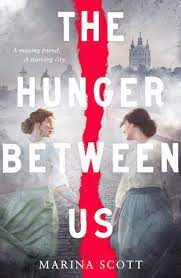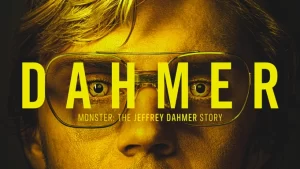Christy Chan at UMOCA: ‘Who’s Coming to Save You?’
“Who’s Coming to Save You?” by Christy Chan (Photo by Heather Hopkins | The Daily Utah Chronicle)
November 5, 2022
Language is a nuanced and complicated tool which can sometimes be weaponized. Such weaponizing can be overt or covert. In her installation “Who’s Coming to Save You?” currently on display at the Utah Museum of Contemporary Art, Christy Chan explores the ways in which the subtleties of language are used to perpetuate racism in America.
Being raised in a small town in Virginia, Chan’s Chinese-American family came face-to-face with both extremist racism, but also notions of white supremacy that are far more abstruse. These harder to define moments of racism that Chan grew up immersed in have guided her work. Chan explores the embedded power structures in America that continue to sustain white supremacy.
Drawling Microaggressions
“Who’s Coming to Save You?” is in UMOCA’s black box theater and is composed of two video works by Chan, the first of which, “Long Distance Call,” is on its surface a recording of a mundane business phone call. This phone call is filled with everyday niceties we are used to exchanging with strangers. In the call Chan is phoning a Miss Anne, from Alabama. Miss Anne has a unique skill set, hand-making authentic klansman robes as worn by the KKK.
Throughout their discussions of online forms and money orders, viewers can almost forget the topic of their discussion. Yet, it comes back all too clearly when Miss Anne’s voice seems to have a familial cadence whenever she refers to Chan as a “fellow klansman.” Chan is careful to never plainly accept or deny this label, just as she is careful to only give her first name. She allows Miss Anne’s preconceived notions of what a Chinese person would sound like to make her own assumptions of who she is speaking with.
Throughout their call, Miss Anne continuously interrupts Chan, is dismissive of her requests and even questions where she is from based on her handwriting. The blow of these microaggressions are softened with a southern drawl and a certain calmness. The calm manner that can be perceived as politeness is exactly the kind of nuanced language tactic that Chan is critiquing. In doing so, she is empowering viewers to recognize the small and large ways they may be complicit in upholding white supremacy around them.
Banality of Evil Doesn’t Make it Less Evil
The second video, “As Seen on TV,” is a shorter film in which we see the robe purchased from Miss Anne being used. Chan uses an actor wearing the robe to recreate the opening credits of the 1980’s hit show “Knight Rider.” Chan is playing off the fact that the KKK klansmen called the men who performed their brutal night raids “night riders.” In her direction of the film, and in her taking the menacing action out of the robe itself, Chan creates a powerful reclamation piece. The premise of the original show is about a man taking the law into his own hands, which is precisely what klansmen claim to do.
In making this video collage Chan subverts any perceived power the KKK believe themselves to have and makes the robe in essence a silly costume. This video also begs viewers to examine what is being shown to them in subtle ways to perpetuate white supremacy. Chan states “the banality of evil doesn’t make it less evil.”
The project in its entirety is a display of evil in life’s banal moments. The videos are reminders that language is meaningful, and ignoring the less extreme moments of racism makes us culpable in the crime.











